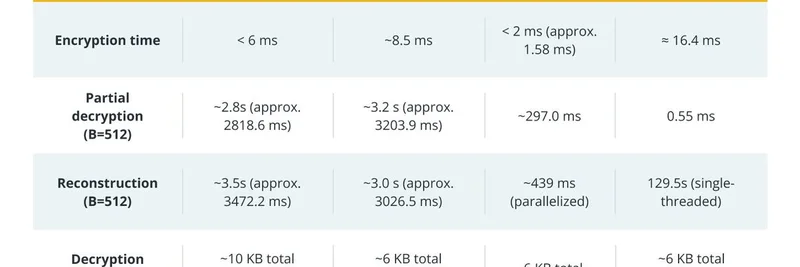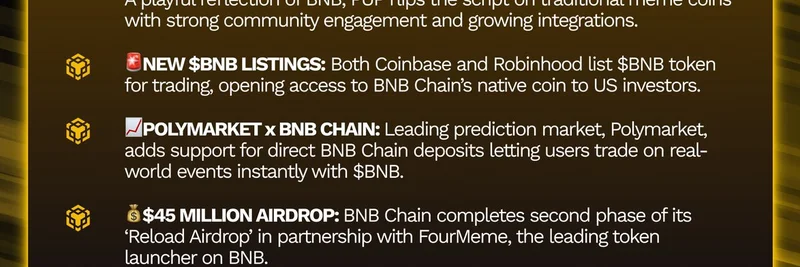LittleBuck (token symbol LITTLEBUCK), known as “Little Buck the deer,” is a meme coin on the Solana blockchain. It blends a playful brand with a community-first narrative—“Justice for Little Buck”—and recently underwent a community takeover, where active holders stepped in to steer the project. Below is a practical, risk-aware explainer to help you understand the token’s design, performance, community, and how to trade it safely.
Quick facts
- Blockchain: Solana
- Token standard: SPL (Solana Program Library) token
- Contract address: G2ajLzpiW6tPvRqdjz6QfFKyArrh7zh66Zi1rmoppump
- Decimals: 6
- Total supply: 1,000,000,000 LITTLEBUCK
- Origin: Launched via Pump.fun and later community-led
What “SPL token” means: This is Solana’s native token standard—roughly comparable to ERC‑20 on Ethereum—used for fungible tokens that can be held, transferred, and traded across Solana wallets and DEXs.
Narrative and community
The project’s hook centers on “Justice for Little Buck,” a lighthearted, story-driven theme that encourages social sharing and engagement. A key milestone was a “Community Takeover,” indicating leadership shifted from the original team to active community members. Information and updates mainly flow through:
- Twitter search for live mentions: LittleBuck token
- Telegram announcements: LittleBuck on Telegram
As with most meme coins, momentum depends heavily on social buzz, responsiveness, and the community’s ability to keep attention.
Market performance and volatility
LittleBuck has exhibited sharp price swings—typical for early-stage meme tokens—alongside fluctuating trading volumes and market caps across dashboards. Reported data points (August 2025) show wide ranges for price, 24-hour change, and liquidity due to:
- Fragmented liquidity across pools and venues
- Short project history
- Rapid speculative flows
Key takeaways:
- Expect extreme volatility: intraday moves can be large in both directions.
- Prices may differ across trackers and wallets; always check multiple sources before acting.
Tip: Cross-reference metrics on Solscan, centralized app dashboards (e.g., Bitget Web3), and DEX analytics to form a more balanced view.
Holder distribution and liquidity
- Holder base: From early reports, a few thousand addresses held LITTLEBUCK shortly after launch, growing over time.
- Concentration risk: Analyses note a meaningful share of tokens held by a small number of wallets. This can amplify price impact if large holders sell.
- Liquidity pools: Some pools report moderate reliability scores but may not be fully locked. Unlocked liquidity means providers can withdraw at any time, which can cause sudden price drops.
What “liquidity pool” risk means: On DEXs, liquidity is supplied by users. If the pool has few providers or funds are unlocked, large withdrawals can widen spreads or move prices abruptly, and in worst cases enable “rug pull” scenarios.
Security checks and known risks
Third-party audits/automated scanners provide mixed but informative signals:
- Solsniffer “Snifscore”: 76/100 (as of Aug 7, 2025) — a mid-to-positive reading with several caveats
- Positives reported:
- Minting disabled (no new tokens can be created)
- Freeze authority disabled (token transfers cannot be frozen by a controller)
- Metadata immutable
- A portion of liquidity locked or burned, reducing immediate creator-side rug risk
- Risks flagged:
- Significant supply held by private wallets (market manipulation risk)
- Unknown or lightly vetted liquidity pools (rug/impermanent loss risk)
- Low number of LPs (heightened volatility and slippage)
- Verification status: Often marked “unverified” in some wallets (e.g., Phantom), which is a caution to interact only with tokens you trust.
Bottom line: While certain contract-level safeguards are in place, market structure risks—concentration, liquidity, verification—remain material. Exercise strict risk controls.
How to buy or trade LITTLEBUCK
Always verify the contract address: G2ajLzpiW6tPvRqdjz6QfFKyArrh7zh66Zi1rmoppump
Recommended venues and tools:
- Token dashboard and trading: GMGN: https://gmgn.ai/sol/token/fV1R5sZ5_G2ajLzpiW6tPvRqdjz6QfFKyArrh7zh66Zi1rmoppump
- DEX options (Solana): Meteora, PumpSwap
- Web3/CEX-style portals: Bitget Web3
- Wallets: Phantom, Bitget Wallet
- Other listings: Gate Alpha (availability may vary by region)
Simple steps:
- Set up a Solana wallet (e.g., Phantom or Bitget Wallet) and fund it with SOL for gas.
- Double-check the token address matches exactly.
- Choose a venue:
- For charts plus quick trading, use the GMGN page above.
- For DEX trades, connect your wallet to a Solana DEX (e.g., Meteora or PumpSwap).
- For Web3 portals, you can use Bitget Web3.
- Adjust slippage if needed—volatile pairs often require higher slippage to fill.
- Start small, confirm the token received in your wallet, then scale cautiously.
Pro tips:
- Bookmark the exact token page you trust to avoid imposters.
- Avoid clicking random links in social channels; rely on reputable explorers like Solscan.
Why the story matters (and where it falls short)
Meme coins live or die by narrative and community zeal. LittleBuck’s “Justice for Little Buck” theme and cute deer mascot can help drive virality. But meme appeal doesn’t equal staying power or utility. Without strong, sustained community organization and consistent liquidity, price can swing quickly and unpredictably.
Risk management checklist
- Position sizing: Limit exposure to what you can afford to lose.
- Liquidity check: Inspect pool depth and whether liquidity is locked.
- Holder analysis: Watch concentration among top wallets and newly active addresses.
- Verification: Treat “unverified” labels as a cue for extra diligence.
- Execution: Use limit orders where possible and consider slippage controls.
- Exit planning: Predefine profit targets and stop-loss rules.
Final take
LittleBuck is a community-driven meme token on Solana with an engaging brand, a community takeover story, and early trading traction. It also carries typical meme coin risks: high volatility, concentrated ownership, variable liquidity, and wallet-level “unverified” flags. If you engage, do so with careful verification, conservative sizing, and a clear plan.




